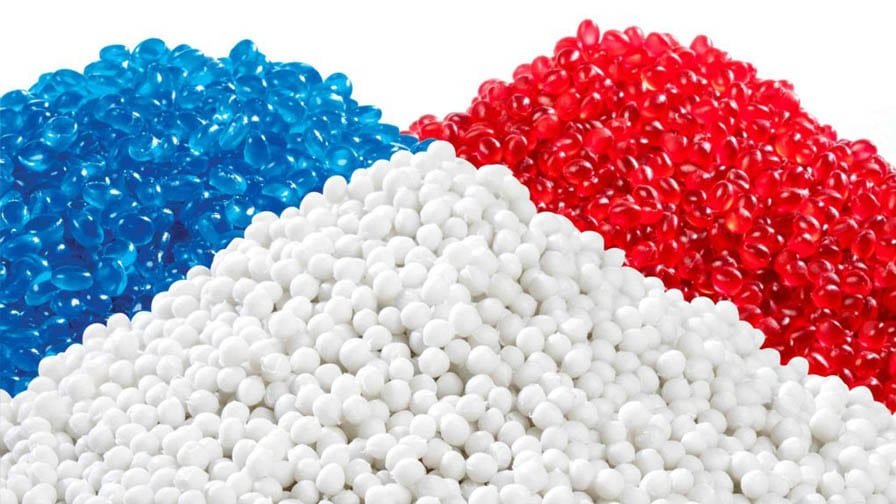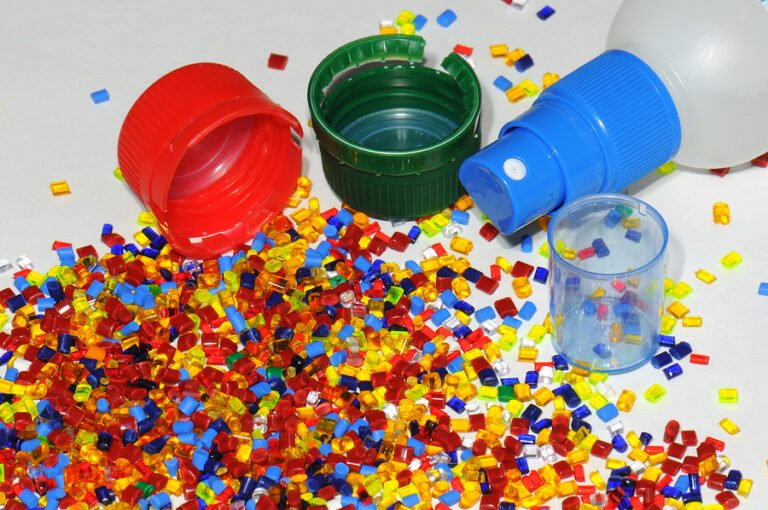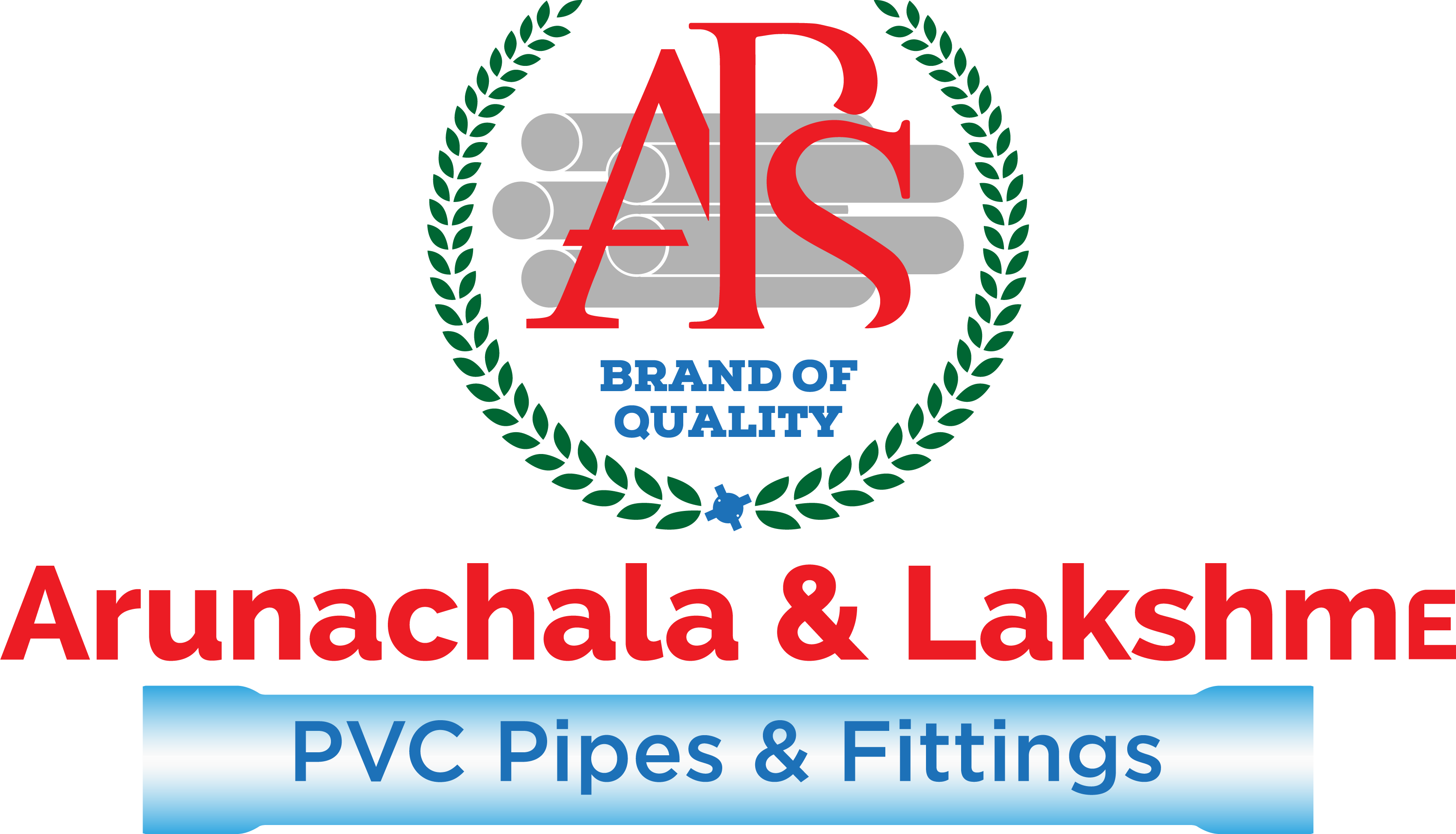Plastic Articles / Shapes Processing
The processing of raw materials into usable forms is termed fabrication or conversion. An example from the plastics industry would be the conversion of plastic pellets into films or the conversion of films into food containers. In this section the mixing, forming, finishing, and fiber reinforcing of plastics are described in turn.
The processing of raw materials into usable forms is termed fabrication or conversion. An example from the plastics industry would be the conversion of plastic pellets into films or the conversion of films into food containers. In this section the mixing, forming, finishing, and fiber reinforcing of plastics are described in turn.

The process of forming plastics into various shapes typically involves the steps of melting, shaping, and solidifying. As an example, polyethylene pellets can be heated above Tm, placed in a mold under pressure, and cooled to below Tm in order to make the final product dimensionally stable. Thermoplastics in general are solidified by cooling below Tg or Tm. Thermosets are solidified by heating in order to carry out the chemical reactions necessary for network formation.

In the simplest form of compression molding, a molding powder (or pellets, which are also sometimes called molding powder) is heated and at the same time compressed into a specific shape. In the case of a thermoset, the melting must be rapid, since a network starts to form immediately, and it is essential for the melt to fill the mold completely before solidification progresses to the point where flow stops. The highly cross-linked molded article can be removed without cooling the mold. Adding the next charge to the mold is facilitated by compressing the exact required amount of cold molding powder into a preformed “biscuit.” Also, the biscuit can be preheated by microwave energy to near the reaction temperature before it is placed in the mold cavity.

It is usually slow and inefficient to mold thermoplastics using the compression molding techniques described above. In particular, it is necessary to cool a thermoplastic part before removing it from the mold, and this requires that the mass of metal making up the mold also be cooled and then reheated for each part. Injection molding is a method of overcoming this inefficiency. Injection molding resembles transfer molding in that the liquefying of the resin and the regulating of its flow is carried out in a part of the apparatus that remains hot, while the shaping and cooling is carried out in a part that remains cool. In a reciprocating screw injection molding machine, material flows under gravity from the hopper onto a turning screw.

